They call themselves the forgotten victims of the Holocaust. Sixty-six years after the Nazi’s largest concentration camp Auschwitz was liberated, members of the Roma and Sinti community are still seeking acknowledgment for the pain their people suffered, a pain known by few.
While the suffering of the Jews in the second world war is widely commemorated, little is known about the estimated half a million Roma people killed under Hitler’s rule. The Roma and Sinti, both commonly referred to as Gypsies, live mainly across Europe and do not belong to a specific nation.
Zoni Weisz is one of them. At the age of 7 in the Netherlands, Weisz became the sole survivor of the Holocaust in his family. His father, mother, sisters, brother and 21 of his relatives were all murdered in Nazi concentration camps.
After suffering a lifetime of pain, Weisz, now 73, stood before the Bundestag, German Parliament on Thursday for International Holocaust Remembrance Day, Jan. 27. He spoke for 30 minutes as a representative of the Roma and Sinti people, recalling the horrors of the exterminations and his own personal story.
“To be able to stand here today, I feel is an acknowledgment of the suffering imposed on us during the Nazi period,” Weisz said in his speech.
The forgotten Holocaust still hurts. According to Gina Csanyi-Robah, executive director of the Roma Community Center in Toronto, it would help “if the pain of the Roma community can also be acknowledged, it might help in the healing of the Roma community itself.”
She explains that a lot of Roma don’t even know their own history in the Holocaust. And information and monuments concerning Holocaust victims is very one-dimensional, referring for the most part only to the calamity brought upon the Jews.
According to Weisz, the gap is partially due to the fact that in Roma and Sinti culture it is not customary to tell outsiders about the old terrors. So as a community, they did not organize themselves well to speak out until the 1970s. Only since 1971 has the fragmented community of Roma been recognized as a group with a common language, identity, and culture.
The number of Roma victims of the Holocaust could be as large as 1.5 million says Csanyi-Robah. Historians usually put the estimate somewhere between 220,000 and 500,000.
Roma and Sinti lived mostly outside of towns and were often shot on the spot, she says. It is hard as well to pinpoint exactly the numbers of nomadic tribes there were since the groups were not as organized as the Jews were, but the estimates indicate up to one-third of their population at the time was murdered.
Europe is currently home to 12 million Roma and Sinti. These groups are considered Europe’s largest minority with a shared history of rejection. On the eve of World War II they were, just as the Jews, blamed for Germany’s poor economy. Soon they were to be gradually separated and prepared for extermination.
Although Weisz’s speech to the Bundestag is a positive step, both Weisz and Csanyi-Robah are worried about the present situation the Roma and Sinti find themselves in Europe.
In August, France expelled about 700 Roma from temporary camps across the country.
According to Csanyi-Robah a large number of Roma and Sinti refugees in Canada have told her about their daily fears of armed groups of thousands of neo-Nazis in Hungary and Czech Republic who condone the harassment Gypsies.
While the suffering of the Jews in the second world war is widely commemorated, little is known about the estimated half a million Roma people killed under Hitler’s rule. The Roma and Sinti, both commonly referred to as Gypsies, live mainly across Europe and do not belong to a specific nation.
Zoni Weisz is one of them. At the age of 7 in the Netherlands, Weisz became the sole survivor of the Holocaust in his family. His father, mother, sisters, brother and 21 of his relatives were all murdered in Nazi concentration camps.
After suffering a lifetime of pain, Weisz, now 73, stood before the Bundestag, German Parliament on Thursday for International Holocaust Remembrance Day, Jan. 27. He spoke for 30 minutes as a representative of the Roma and Sinti people, recalling the horrors of the exterminations and his own personal story.
“To be able to stand here today, I feel is an acknowledgment of the suffering imposed on us during the Nazi period,” Weisz said in his speech.
The forgotten Holocaust still hurts. According to Gina Csanyi-Robah, executive director of the Roma Community Center in Toronto, it would help “if the pain of the Roma community can also be acknowledged, it might help in the healing of the Roma community itself.”
She explains that a lot of Roma don’t even know their own history in the Holocaust. And information and monuments concerning Holocaust victims is very one-dimensional, referring for the most part only to the calamity brought upon the Jews.
According to Weisz, the gap is partially due to the fact that in Roma and Sinti culture it is not customary to tell outsiders about the old terrors. So as a community, they did not organize themselves well to speak out until the 1970s. Only since 1971 has the fragmented community of Roma been recognized as a group with a common language, identity, and culture.
The number of Roma victims of the Holocaust could be as large as 1.5 million says Csanyi-Robah. Historians usually put the estimate somewhere between 220,000 and 500,000.
Roma and Sinti lived mostly outside of towns and were often shot on the spot, she says. It is hard as well to pinpoint exactly the numbers of nomadic tribes there were since the groups were not as organized as the Jews were, but the estimates indicate up to one-third of their population at the time was murdered.
Europe is currently home to 12 million Roma and Sinti. These groups are considered Europe’s largest minority with a shared history of rejection. On the eve of World War II they were, just as the Jews, blamed for Germany’s poor economy. Soon they were to be gradually separated and prepared for extermination.
Although Weisz’s speech to the Bundestag is a positive step, both Weisz and Csanyi-Robah are worried about the present situation the Roma and Sinti find themselves in Europe.
In August, France expelled about 700 Roma from temporary camps across the country.
According to Csanyi-Robah a large number of Roma and Sinti refugees in Canada have told her about their daily fears of armed groups of thousands of neo-Nazis in Hungary and Czech Republic who condone the harassment Gypsies.
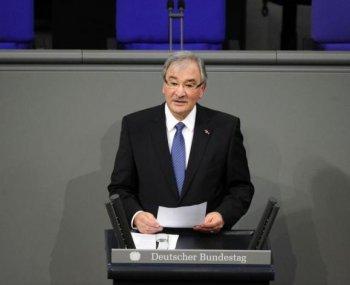
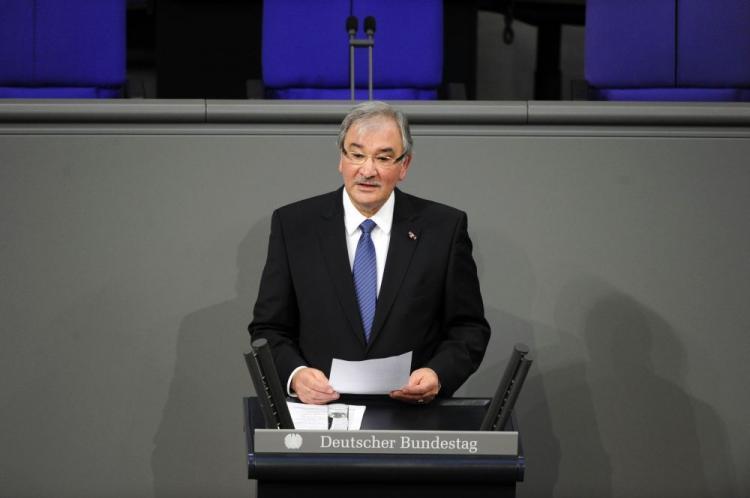
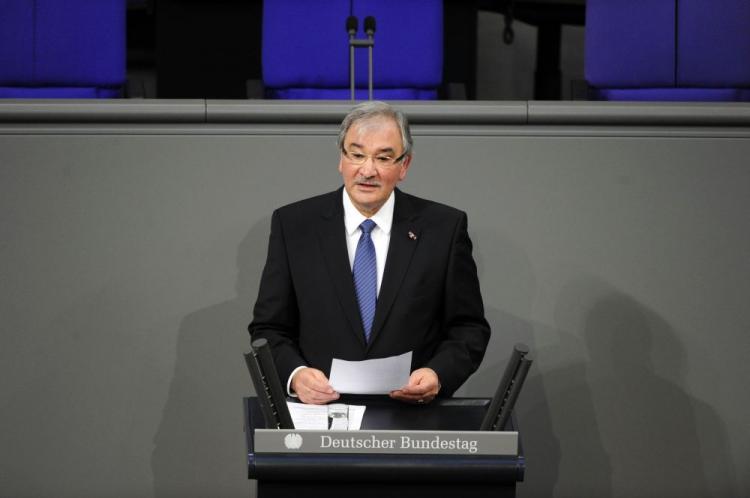

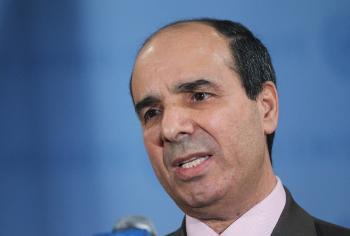
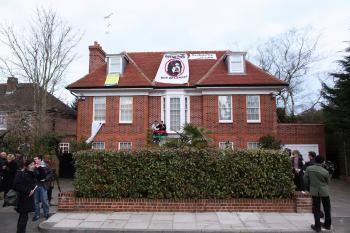
Friends Read Free